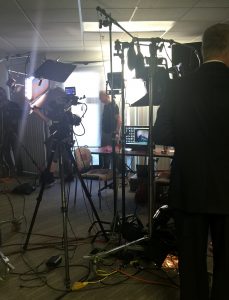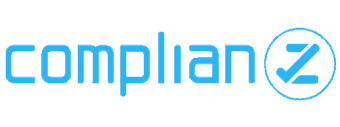What will 2019 look like for health care PR?
In looking toward the year ahead, there are many ways—known and unknown—that the public relations world will be changing and evolving. As health care PR professionals, it’s vital to the success of our clients that we find new ways to overcome challenges and stay on top of the important trends in our field. Here are few that have caught my attention recently:
- Smart technology is emerging as a hot PR tool for 2019. Alexa, Siri and Google Assistant are changing the way many people are working—even some surgeons in the operating room! —and these devices have great potential to effect how communications experts reach our target audiences. It’s definitely an area of great excitement for the coming year.
- Earned media and a well-written news release are alive and well. I remember two years ago one of my esteemed colleagues in the industry said to me: “You still do earned media?” implying it was long since dead and fully replaced by digital. Fact is, the news media’s power continues to grow, and news releases remain essential for communicating complex scientific or policy information in a thorough yet concise way.
- More boards are valuing what PR can do for their organization’s national profile. More and more CEOs and their leadership teams are being encouraged, if not mandated, to raise their industry profile and demonstrate expertise in their field. PR’s role in building thought-leadership has never been stronger.
While there is much to be excited about, a few challenges remain to be overcome for health care PR agencies.
- The RFP process is problematic and time-consuming. Our industry needs to figure out a better way to use our time and yet still produce high-quality proposals for potential clients to review and make thoughtful decisions.
- Hiring continues to be tough. More and more, we are interviewing potential team members who seem to be able to do only one thing for clients. For younger applicants, that tends to be digital, while more seasoned professionals have an expertise in writing. We are doing our entire industry a disservice by not teaching and growing the next generation to have mastery in all aspects of strategic communications. Knowing how to use all the tools in your health care PR toolbox is critical for success, especially if you work for a PR or communications agency.
- The ability to manage your time is more essential than ever before. Harvard Business Review just published an entire issue on time management. A couple articles: “Make time for the work that matters” and “Are you spending your time the right way?” were particularly insightful because they remind us that, while we might not be in control of our day, we are in charge of how we run through our to-do lists. The issue is must-read for every agency person who likes New Year’s resolutions and strives to be more efficient and effective.
I am particularly excited about the prospects for 2019. PR is thriving and its value is growing. We’ll find new ways to deal with old challenges, and we’ll inevitably be faced with new challenges that will demand more hard work and creativity, which can mean growth opportunities for both people and organizations. Buckle up for an unpredictable ride!










